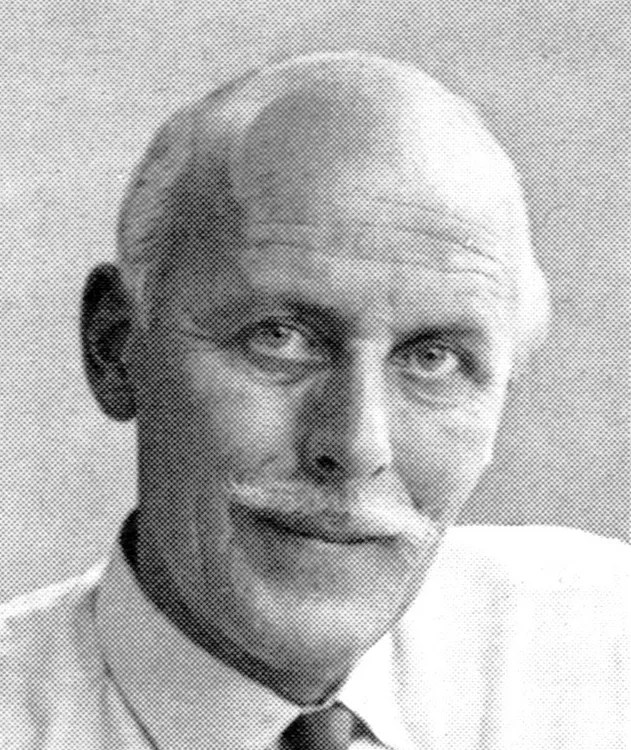


Information
Content includes:
Graphic Design in Great Britain by Ashley Havinden, Tom Eckersley, Hans Schleger, F. H. K. Henrion, Pat Keely, Jan Le Witt, George Him, Milner Gray
Designers in Kyushu District by F. Nakayama, S. Nishimoto, A. Koga, M. Hiromatsu, I. Nishijima, M. Muta, T. Sugaya, K. Iwasaki, T. Kamata, S. Matsuoka, S. Fuji, T. Baba, M. Hinoeda, H. Kunitake, T. Ogata
Toward New Tendency by F. Nakayama
As an Artist of “Nika” by S. Matsuoka
Through a Small Window by S. Nishimoto, K. Iwasaki
Brief History of Japanese Commercial Arts by A. Yamana
Formative Art Lab by S. Imatake
Eleven Principles of Profitable Advertising by Printer’s Ink
Posters of “Atoms for Peace” by Erik Nitsche
Editor’s Note by T. Miyayama
Details
Linked Information

